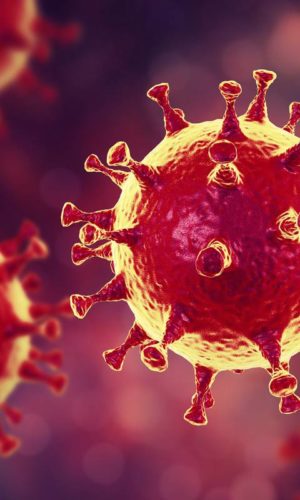From Manipulation to Modulation: Evaluating the Effect of Osteopathic Rib Raising Technique on Cardiac Autonomic Activity Through QT Interval and Heart Rate Variability Analysis
Author(s): Faustine Viri, Roqaya Wafa, Kristina Cummings, Maxim Crasta.
Osteopathic Manipulative Therapy (OMT) has become a key approach in managing musculoskeletal disorders, supported by both patient reports and clinical evidence. Although there is evidence suggesting that manual techniques like rib raising can affect the autonomic nervous system (ANS), the specific electrophysiological repercussions on cardiac tissue remain to be fully elucidated. This study seeks to investigate how rib raising manipulation may influence ventricular repolarization dispersion via ANS interactions in healthy subjects. The rationale for employing rib raising lies in its potential to modulate autonomic tone. Various QT interval metrics were analyzed, including the Index of Cardiac Electrical Balance (iCEB), QTc, Tp-e/QTc ratio, JT/QRS ratio, and JT index, along with heart rate variability measures such as the standard deviation of Normal to Normal intervals (SDNN) and LF:HF ratio, to assess changes in parasympathetic-sympathetic balance and their effects on cardiac electrophysiology.
A randomized two-period, two-sequence crossover design with repeated measures was conducted involving 20 research participants. Data was recorded using Electrocardiography (EKG) and Heart Rate Variability (HRV) assessments. Participants were assigned to two groups: one group received the rib-raising procedure (ART) initially, while the other group was administered a placebo treatment across two recording phases. Interval measurements were obtained through EKG software, focusing on the duration of the QT interval, QRS complex, JT interval, and QT-Peak to T-End (Tp-e) interval. QT correction was calculated using both Bazett's and Fridericia's formulas.
The ART group exhibited significant changes in cardiac parameters compared to the sham control group. The JT interval, JT/QRS ratio, and JT index (JTi) were larger, with a significant difference in the JT/QRS ratio (p=0.026). The Tp-e interval shortened significantly, while the QTa length increased. ART had significant effects on the Tp-e interval (F(2, 38) = 33.69, p < .001) and QTa interval (F(2, 38) = 3.179, p = .05). Both QTcB and QTcF intervals, corrected using Bazett’s and Fridericia’s formulas, showed significant prolongation (p < .05 for both). SDNN increased by 9.1% in the ART group (132 ± 18.9 ms vs. 121 ± 15.3 ms in the sham group), indicating enhanced parasympathetic modulation. The LF:HF ratio was significantly lower in the ART group (1.23±0.089 vs. 1.011±0.02, p=0.03), suggesting improved ANS equilibrium.
The increased QTa interval and reduced Tp-e values indicate transient changes in repolarization dynamics following the intervention. This is further supported by changes in the heart rate-corrected QT interval (QTc), an increased JT/QRS ratio suggesting delayed repolarization. These findings suggest that repolarization parameters are temporarily altered. Additionally, the elevated SDNN and reduced LH:FSH ratio post-intervention indicate heightened vagal modulation. The ART intervention appears to transiently increase sympathetic activity and subsequently promote parasympathetic dominance, creating a balanced autonomic nervous system that can be beneficial for cardiac health.


 Impact Factor: * 5.6
Impact Factor: * 5.6 Acceptance Rate: 74.36%
Acceptance Rate: 74.36%  Time to first decision: 10.4 days
Time to first decision: 10.4 days  Time from article received to acceptance: 2-3 weeks
Time from article received to acceptance: 2-3 weeks 